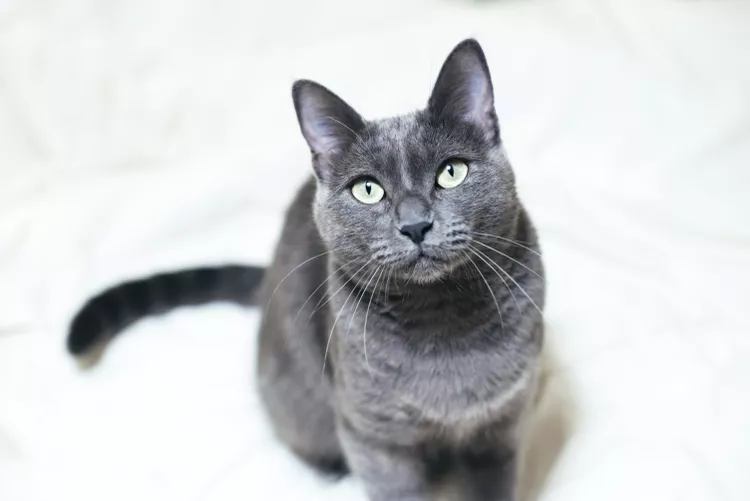
The Russian blue cat is a loyal, intelligent breed with a striking coat that inspired the name. This cat's short, dense hair is uniformly steel blue with an almost silvery cast, making it one of the most distinctive and beautiful cats in the world. Russian blues enjoy interacting and playing with their owners, but they can have an aloof quality that makes them less suitable for homes with rambunctious children or pets. Mellow dogs and gentle children are much preferred by this independent breed. Read on to learn more about the stunning Russian blue cat breed.
Personality: Friendly and intelligent but aloof, may be reclusive around strangers
Weight: Up to 12 pounds
Length: Up to 24 inches
Coat Length: Short Hair
Coat Colors: Steel blue
Coat Patterns: Solid
Eye Color: Green
Lifespan: Up to 20 years
Hypoallergenic: Somewhat
Origin: Russia
The Russian blue is a medium-sized cat breed that reaches maturity at about a year old. They are typically friendly and enjoy being near familiar people in calm surroundings. If strangers, rowdy dogs, or overly affectionate kids approach, though, the Russian blue is likely to retreat for the safety of a hiding spot where it will stay until the environment has returned to normal.
The Russian blue’s trademark coat is a shimmery blue with a silvery cast. The short, dense, plush coat is wonderfully easy to care for, requiring minimal grooming. The coat naturally does not shed much. Occasional brushing will keep the coat soft and silky.
Even more striking perhaps than the Russian blue’s coat are their large, wide-set, emerald-green eyes. The wedged shape of the head and face gives the Russian blue a charming expression that makes it look like they're perpetually smiling.
The medium-sized Russian blue cat is fine-boned and elegant, but ideally lean and muscular as well.
Although the Russian blue’s full breed history is not known, these cats are thought to have originated on Archangel Island (Arkhangelsk) in northern Russia where they were once called Archangel cats. They were favored by the Russian czars.
Upon gaining popularity among the Russian royalty, the beautiful blue cats were shipped to many parts of Europe. Russian blues were among the contestants of the very first cat shows held in England in the 1880s.
In the United States, the Russian blue is recognized by the Cat Fanciers’ Association and The International Cat Association.
The Russian blue’s trademark coat is easy to care for, requiring minimal grooming. Because they shed less than other cats, occasional brushing is optional. The Russian blue frequently appears on lists of hypoallergenic cat breeds. Although no cat breed is truly non-allergenic, it seems that some allergy sufferers can live successfully with certain cat breeds, including the Russian blue.
Trim your Russian blue’s nails regularly and check inside the ears for dirt and debris on a weekly basis. If you see a little debris in the ears, use a gentle pet ear cleaner to wipe them out with a cotton ball or soft gauze (never use a cotton swab).
Russian blues are intelligent cats. They're entertaining and playful and can be trained to play fetch. Although not a particularly vocal breed, they usually will respond when talked to and encouraged to "talk" back.
For exercise, make sure your cat has a few scratching posts for some necessary stretching and claw maintenance. This breed can keep busy and exercise on its own, which is great for families that maintain a busy lifestyle. Regulate weight by controlling the portions of cat food. If your cat starts to get pudgy, reduce the food given and talk to your veterinarian about their diet.
Although some purebred cats are prone to certain hereditary diseases, the Russian blue is generally healthy with no known genetically linked disorders.
The breed enjoys a long life span, often living into the upper teens or longer. Work with your vet to make sure your Russian blue is up to date on its vaccines, annual exams, routine testing, and dental care.
It's always recommended that you speak with your veterinarian about the best food to feed your Russian blue. The Russian blue is known to love eating, so one thing to watch out for is overfeeding. Keeping your cat lean is the best way to avoid weight-related health issues like diabetes, heart disease, and arthritis.
Feed your Russian blue measured amounts of cat food at regular meal times two to three times a day. Although leaving food out all day may be convenient, it can lead to constant snacking, which can contribute to an overweight cat. Always have fresh water available 24 hours a day.
If you like the Russian blue cat and want to learn more, check out the International Cat Association's list of Russian blue breeders near you so you can ask more questions and meet a Russian blues in person.
You can also try to find a cat show in your area. Cat shows are great fun and a wonderful way to learn about many different cat breeds from breeders and owners.
You may be able to find a purebred Russian blue cat through a breeder in your area, but if you'd rather adopt from a rescue facility, check out these organizations:
These graceful cats are gentle and sweet. Although Russian blues can be shy around strangers, they absolutely adore their owners. If you are looking for a cat who will greet you at the door, follow you around the house, and sit next to you on the couch, the Russian blue meets these criteria. What's more, they are some of the most beautiful cats among the pure breeds because of their shimmering blue-gray coats and emerald-colored eyes.
Often tolerated by people with cat allergies
Gentle and kind
Generally healthy and long-lived
Can be shy around strangers or commotion
Not as cuddly as some cats
Can become obese if overfed
If you’re interested in similar breeds, check out:
Otherwise, check out all of our other cat breed profiles.
These cats can be very affectionate with people they love, but they may be wary or aloof around strangers.
A purebred Russian blue can cost anywhere between $500 and $3000.
Russian blue cats shed less than most other cat breeds and are usually well tolerated by people with cat allergies.
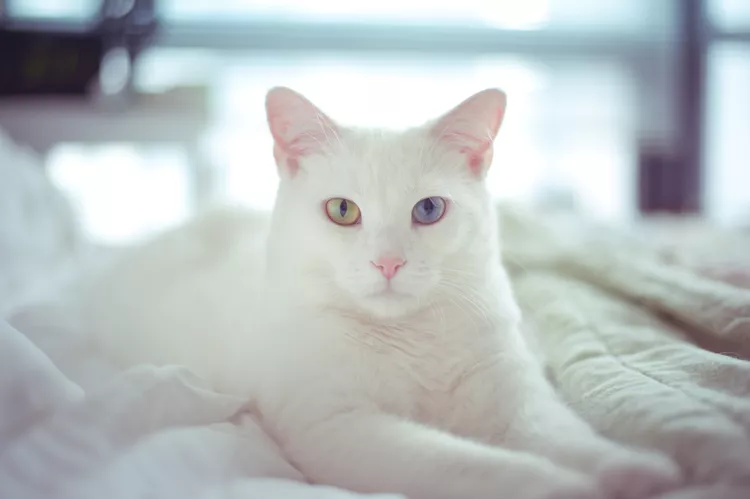
100+ White Cat Names
White cat names can pay homage to their wintry fur, like Snowflake or Frosty, but can also be playful, such as Marshmallow, or elegant, like Pearl.
117 Funny Cat Names That'll Make you Chuckle
The top funny names for cats play on your kitty's personality, size and shape, or general catitude.
15 Unique Male Cat Names
Instead of commonplace Tiger or Oscar, our list of unique male cat names will hopefully inspire you to pick something different.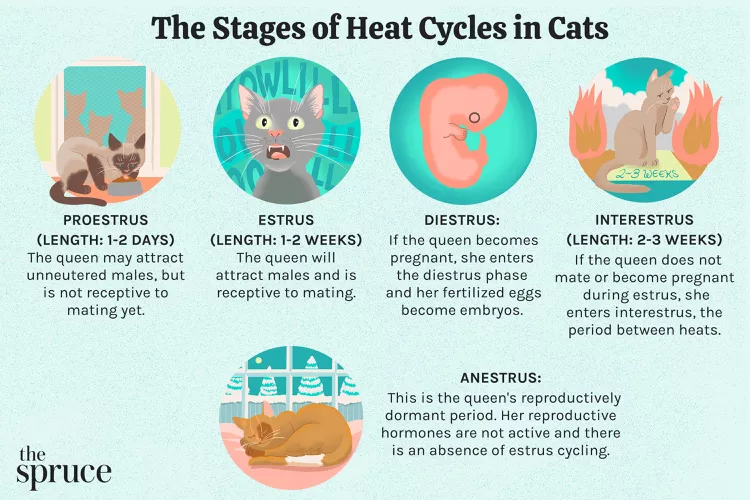
How Long Are Cats in Heat?
How long are cats in heat? Learn about the heat cycles of cats, also called estrus, as well as the reasons you should spay your cat.
Are Christmas Trees Poisonous to Cats and Dogs?
Many people worry about their pets knocking over the Christmas tree, but what happens when they chew on it? Learn if Christmas trees are toxic to pets.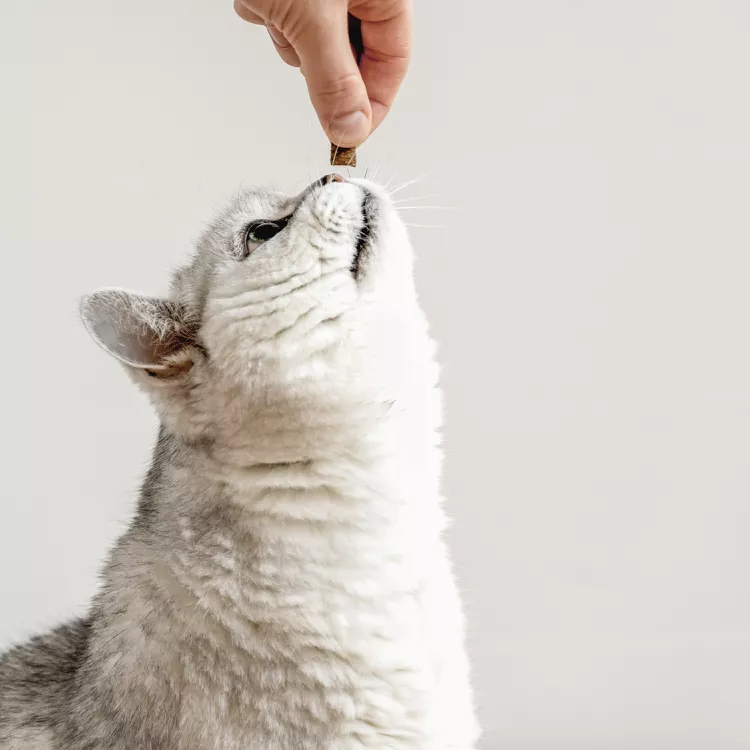
Can Cats Eat Peanut Butter?
Peanut butter is not toxic to cats, but it might not be the best choice of treat for them.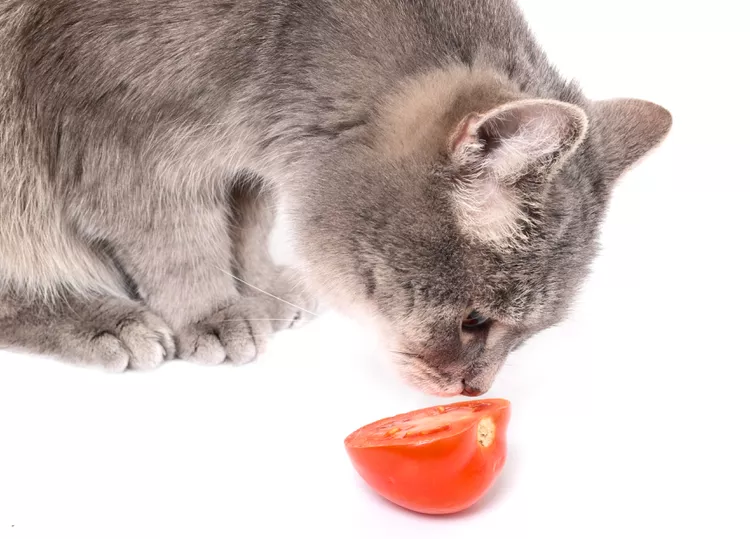
Can Cats Eat Tomatoes?
Tomatoes are a healthy snack for humans but should mostly be avoided for our feline friends.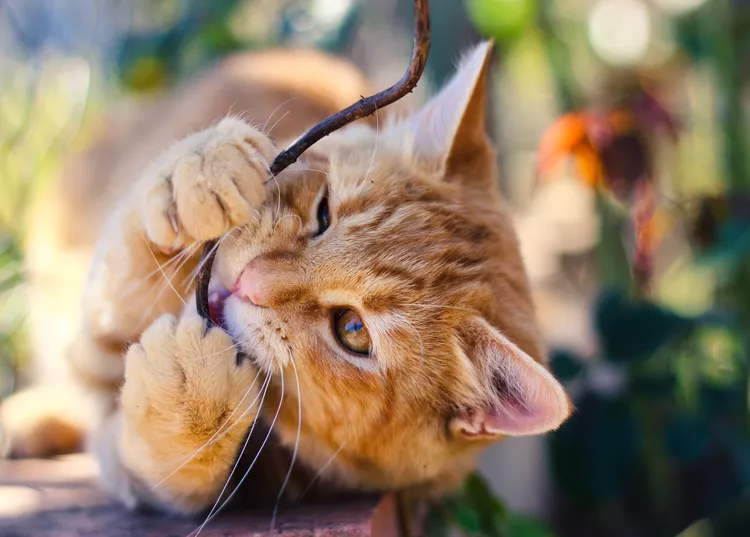
How to Stop Destructive Chewing in Cats
Cats are known to chew on objects such as shoes, furniture, and cords. Learn how to stop this behavior to keep your cat (and household objects) safe.
Neutering Your Dog Explained
What does it mean to neuter a dog? Learn about neutering or castration in dogs and why it is done. Find out what to expect when your dog is neutered.
Cardigan Welsh Corgi: Dog Breed Characteristics & Care
Learn all about the Cardigan Welsh Corgi, a unique-looking dog breed known for its larger-than-life personality and complete devotion to its family.
Littermate Syndrome in Dogs
Dogs that grew up together as littermates may have conflicts when they live together as adults. Here's everything you need to know about littermate syndrome in dogs.
Why Do Dogs Eat Dirt?
Some dogs eat some strange things. What does it mean if your dog eats dirt and when should you be concerned?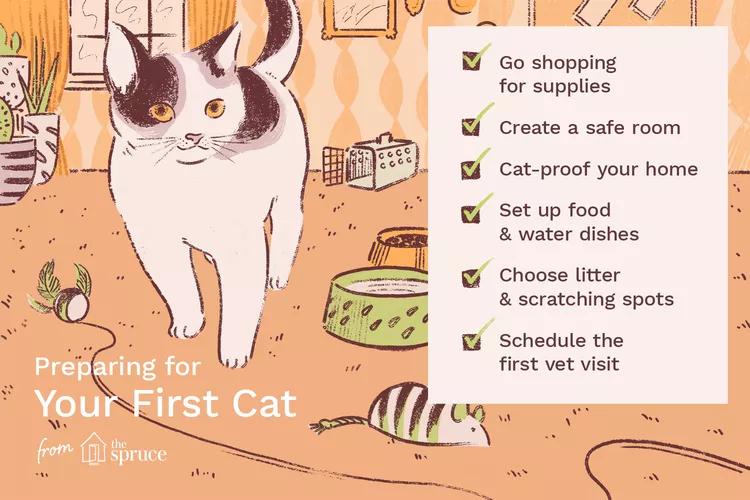
Everything You Need to Know About Raising Your First Cat
Whether you are thinking about getting a cat or just adopted your first one, these are the things to know to make your relationship a lasting one.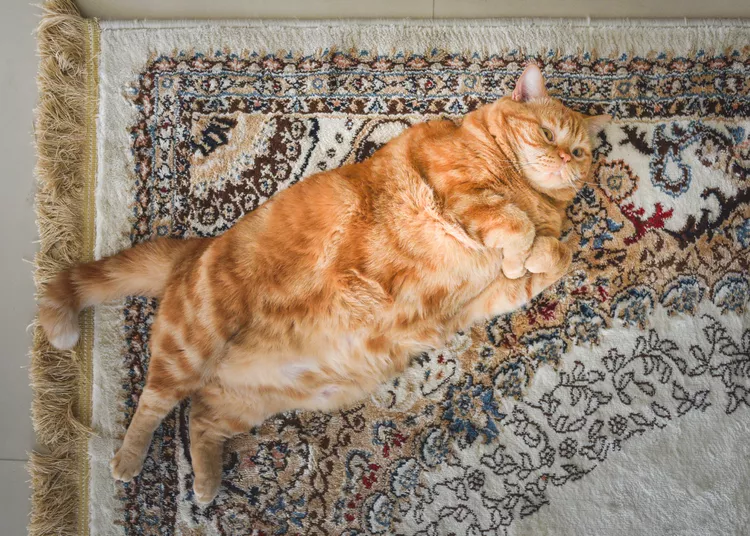
8 Ways To Help Your Cat Lose Weight
Cats who are at a healthy weight are happier, more agile, and tend to live longer. Here are 8 tips for managing a cat weight loss programme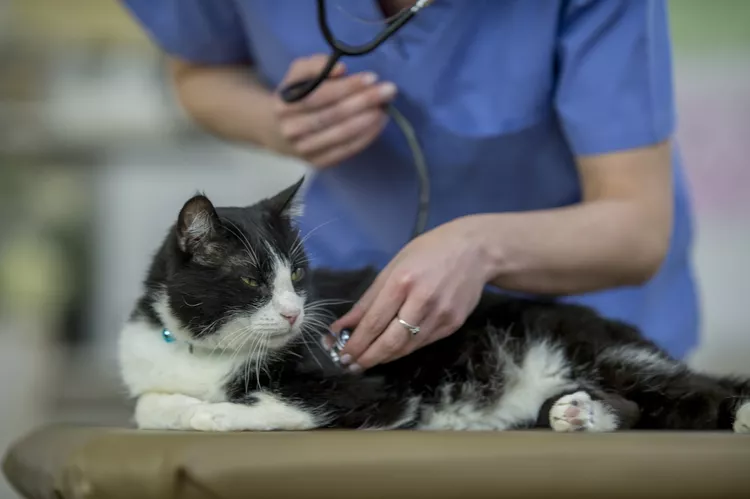
Heart Disease in Cats
Like humans, cats can get heart diseases that may lead to serious problems. Learn all about symptoms along with the causes, treatment, and prevention.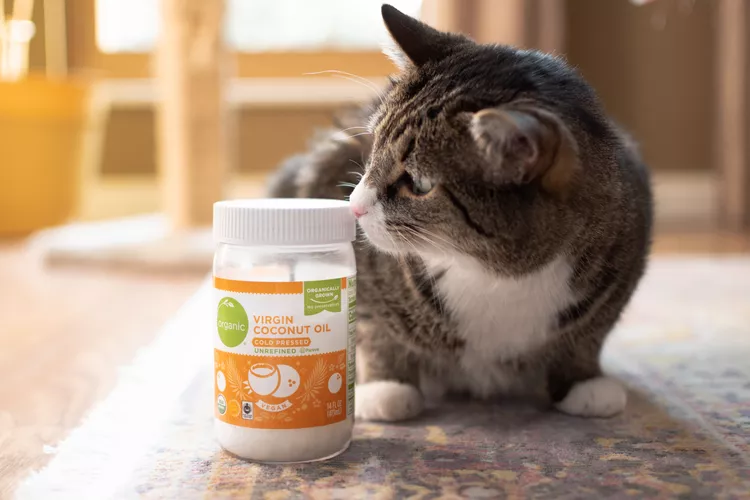
Is Coconut Oil Safe for Cats?
Coconut oil is touted as a miracle food. Can coconut oil improve your cat's health? Is coconut oil even safe for cats?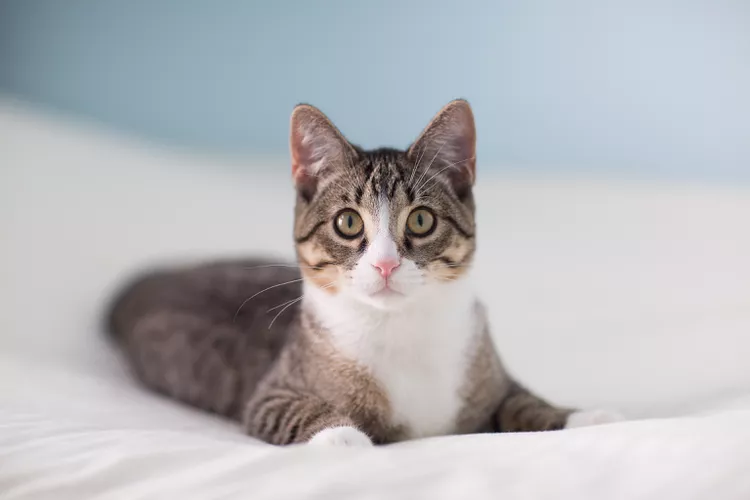
Why Do Cats Stare at Walls?
Cats can have some quirky behaviors, including staring at walls. Why do cats do this and when should you be concerned?
Patellar Luxation in Dogs
If your dog has a knee that seems to pop out of place, it may have a patellar luxation. Find out what this means and what can be done about it.
13 Signs of Cancer in Dogs
The signs of cancer in dogs may include lumps and bumps, lethargy, vomiting, diarrhea, pain, abdominal swelling, and more. Signs may be mild or obvious depending on the type of cancer and its severity. Learn common signs of cancer in dogs so you’ll know when to call the vet.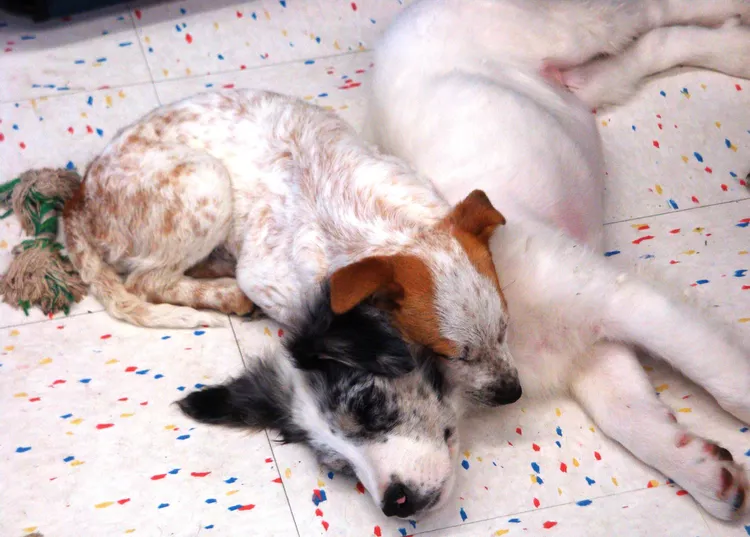
Ear Mites in Puppies and Dogs
Ear mites can be a big discomfort for puppies and dogs. Learn about the causes, treatment, and prevention to keep mites away from your pets.